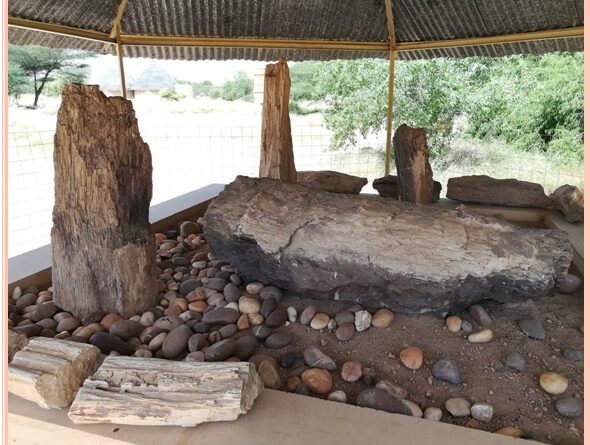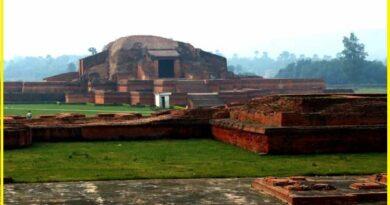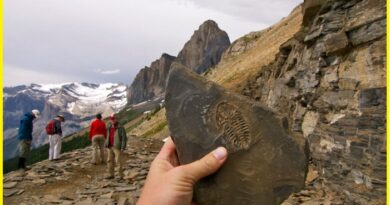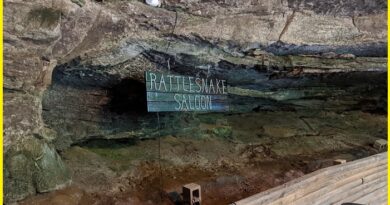Akal Fossil Wood Park, of Jurassic World Jaisalmer
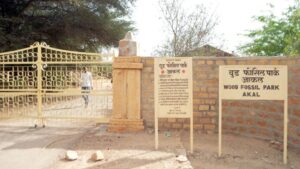
Seashells and massive fossilized tree trunks in this park record the geological history of the desert. The whole area is now preserved as a natural wonder. 25 wood logs are visible on the surface of which 10 are well exposed. The largest exposed log is 7 m. in length and 1.5 m.in. width. There are more wood fossils lying deep under the surface. Evidence of similar fossils is surfacing in many other areas in the Jaisalmer region.
Akal Fossil Wood Park are an example where the process of petrification took precedence over the disintegration of organic matter and fossilized the wood. The whole forest composed of huge trees was petrified. The Geological Survey of India (GSI) declared the site a National Geological Monument in 1972.
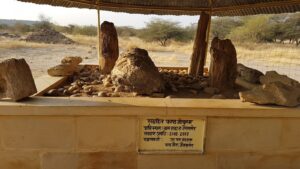
Geology
Akal Fossil Wood Park considered as only non-flowering plants (gymnosperms) existed during the geological time when the fossilization took place. These Non-flowering wood fossils are considered to represent gymnosperms like Chir, Deodar or Redwood Gastropod shells also suggest that the region was a sea once upon a time. The fossilization suggests fluviatile sediments and deposits. The wood fossils have given evidence that the area has been under the sea on four occasions. However, the host rocks of the wood fossils have been considered continental (non-marine).
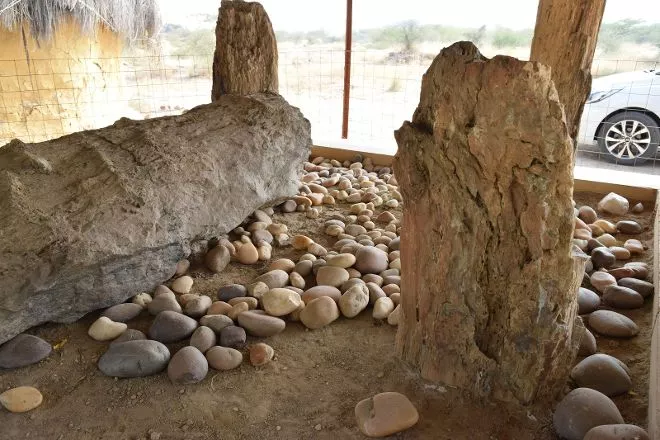
Fossils park takes you back to the Lower Jurassic age. Today where the Fossil park stood, 180 million years ago there is a huge forest. Then the area submerged into the sea and the tree trunks got preserved in the form of fossils. The forests show signs of having grown in a very hot and wet climate, which hints at an abundant growth of trees.
Also read- The miraculous Danigala Inselberg Of Sri-Lanka
The presence of gigantic trees suggests that the land that is desert today had a different hot and humid climate which supported a luxuriant forest. These tree trunks were buried in sediments in a horizontal form and petrified. Subsequent geological activities caused shifting and upheaval of the sandy basin bringing these fossils to the surface.
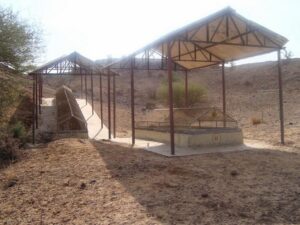
These now stand exposed in the present form due to weathering by wind and erosion by water. There are a large number of petrified logs and innumerable pieces of wood scattered on the surface in the area and evidence of fruits has also been discovered.
